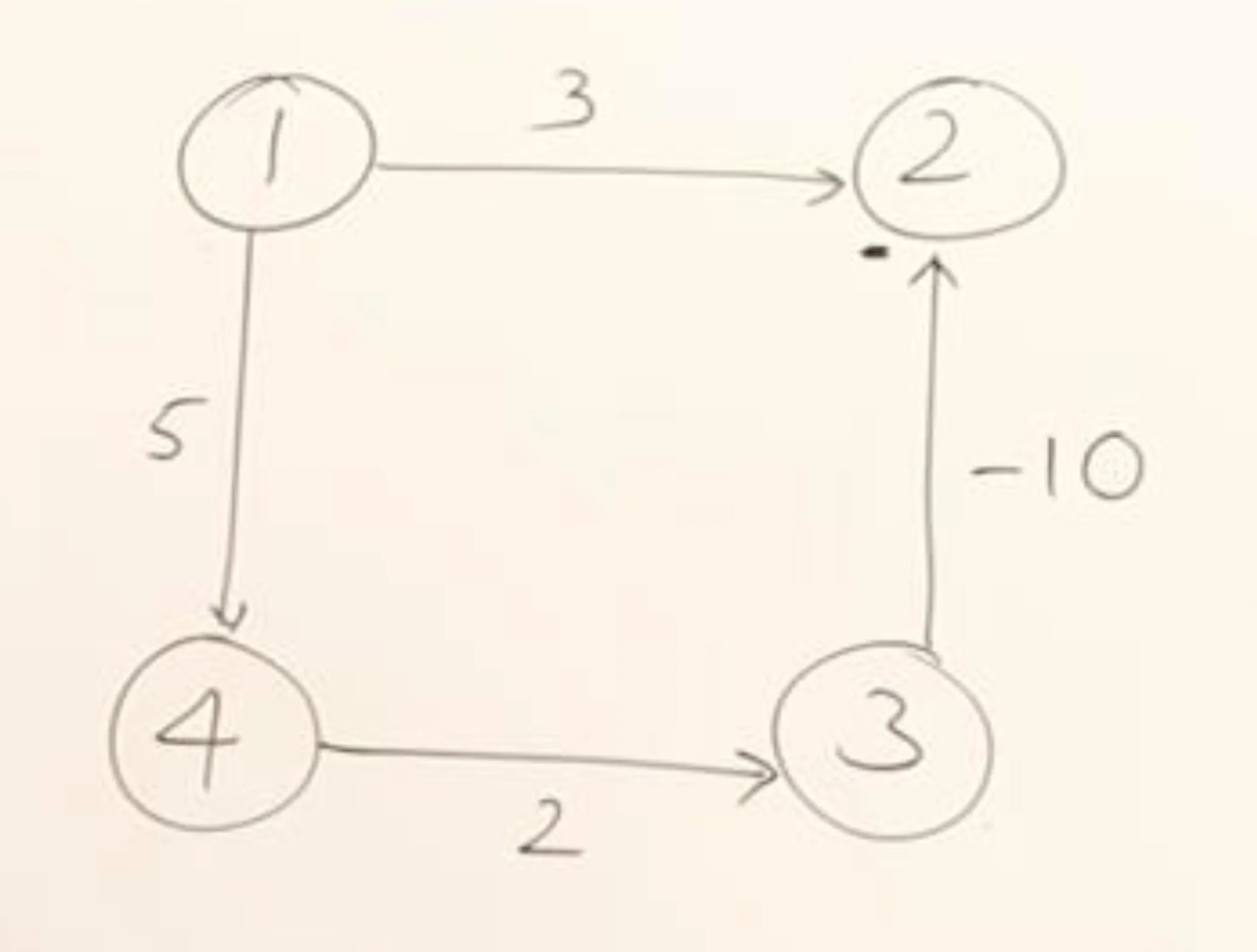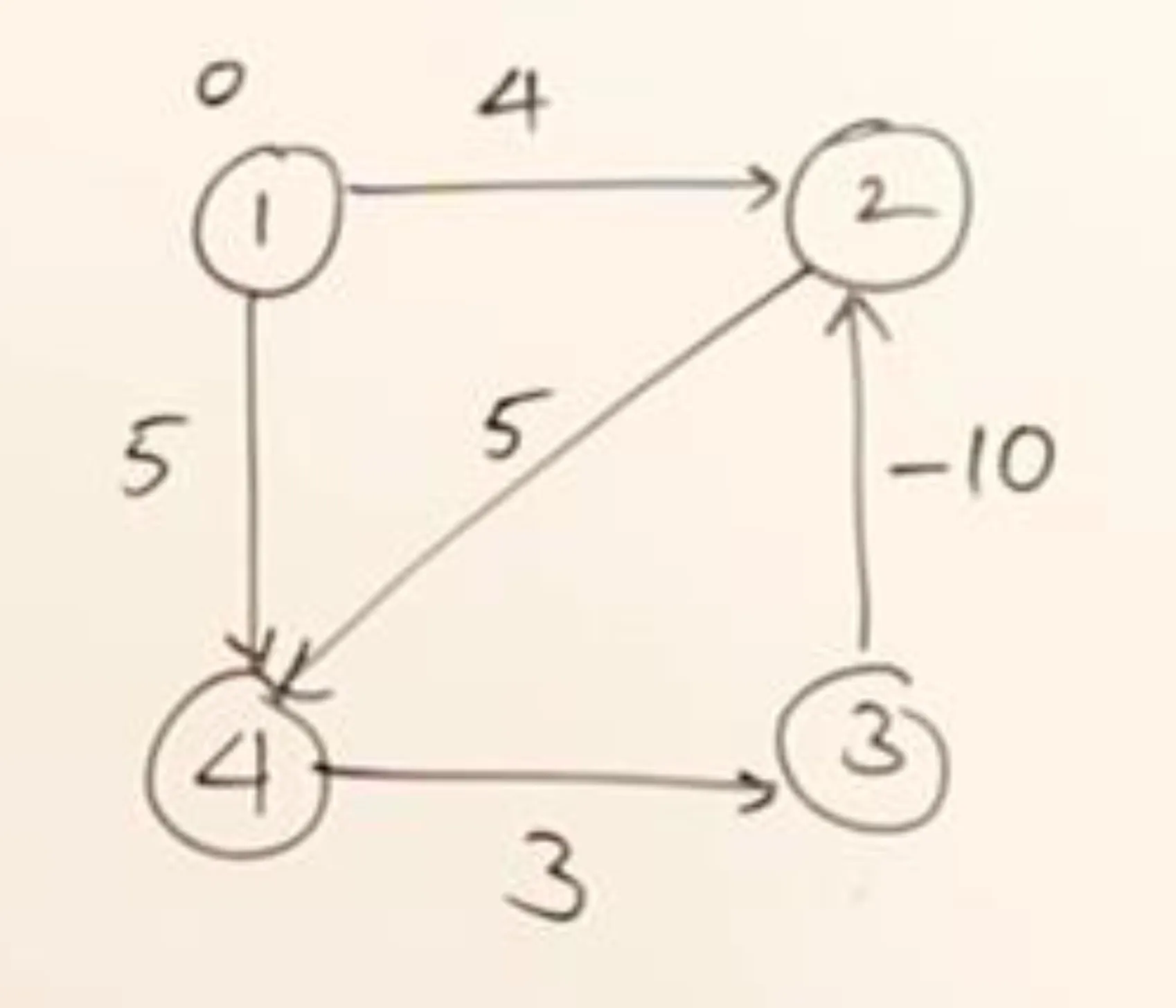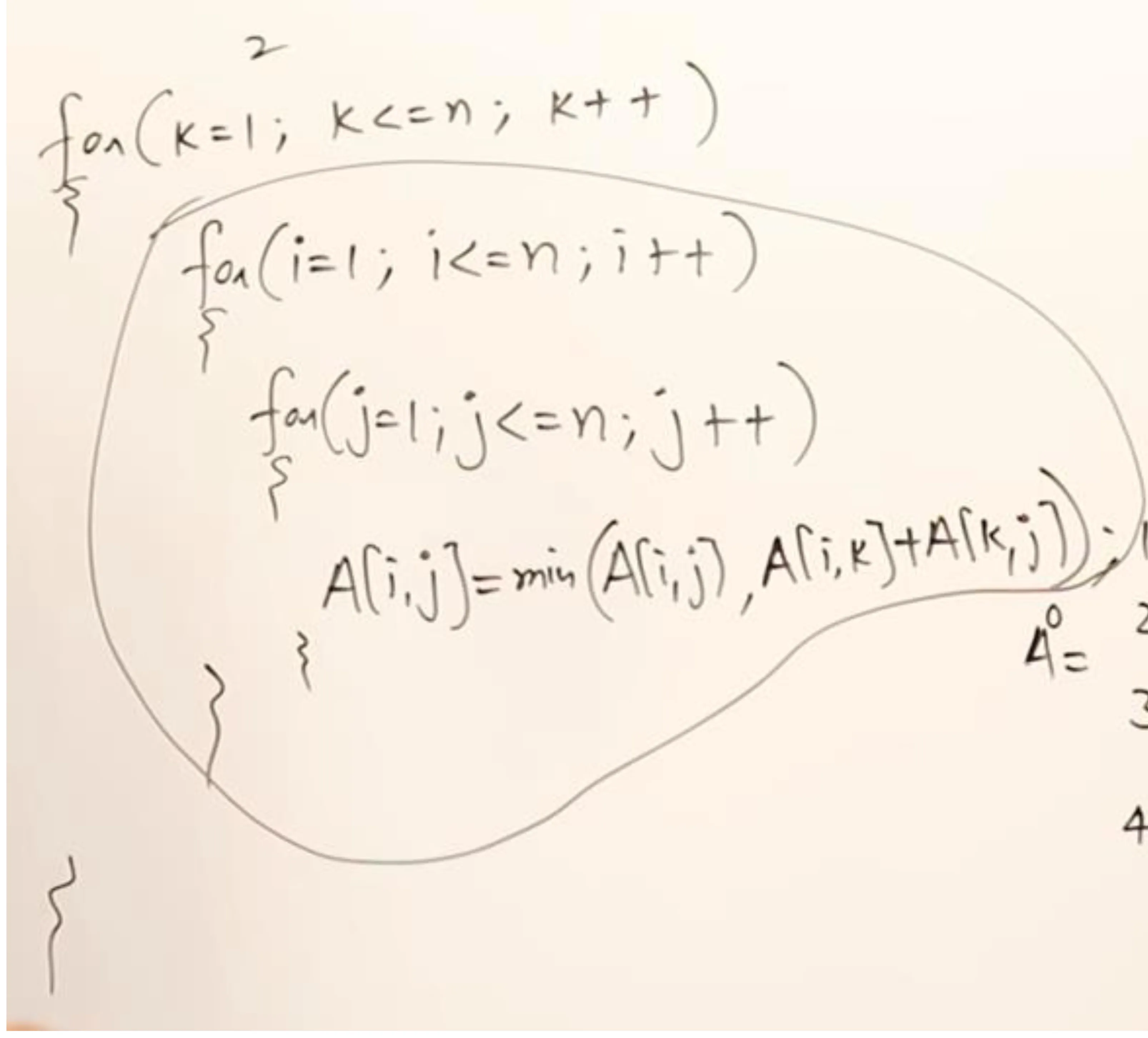Q3 (a) For a planar graph G with n number of vertices and e number of edges with r regions, prove by method of induction that n-e+r = 2
Theorem (Euler’s Formula): For a connected planar graph G, with n vertices, e edges, and r regions (faces, including the outer face):
Proof (by Induction on the number of edges, e):
- Base Case: ,Since G is given a connected.
- If , and the graph is connected, then (single vertex).
- There’s only one region (the outer region), so .
- . The formula holds.
-
Inductive Hypothesis:
Assume the formula holds for all connected planar graphs with edges, where :
-
Inductive Step:
Consider a connected planar graph G’ with edges. We want to show that , where and are the number of vertices and regions in G’, respectively.
-
Case 1: G’ has a cycle.
- Remove one edge from any cycle in G’. Call this removed edge ‘x’.
- This creates a new graph G, with:
- (same vertices)
- (one less edge)
- (removing an edge from a cycle merges two regions)
- By the inductive hypothesis, for G:
- Rearrange:
- Substitute :
-
If G is a tree, then and , so
- satisfy
-
.
-
-
conclusion By method of induction equation is true.
3 (b) llustrate with suitable example (considering a labelled tree T with (343) at least 9 vertices) and converting T into its equivalent Prufer Sequence S and vice versa.

Link
4 (b) Illustrate the situation when Dijkstra’s Algorithm may fail to find the shortest path but Bellman-Ford Algorithm may succeed. And also mention the situation when Bellman-Ford Algorithm may fail (illustrate with an example).
1. Dijkstra’s Algorithm Failure (Negative Edge Weights):
-
Scenario: Dijkstra’s algorithm fails when the graph contains negative edge weights. It’s designed for graphs with non-negative edge weights only.
-
Why it Fails: Dijkstra’s algorithm greedily selects the closest unvisited vertex. It assumes that once a vertex is “visited” (its shortest distance is finalized), there’s no possibility of finding a shorter path to it later. Negative edges violate this assumption.
 link
link
2. Bellman-Ford Algorithm Success (with Negative Edge Weights):
-
Scenario: Bellman-Ford can handle graphs with negative edge weights, provided there are no negative-weight cycles reachable from the source.
-
Why it Works: Bellman-Ford iteratively relaxes edges. In each iteration, it checks if going through any edge can improve the currently known shortest distance to a vertex. It performs |V| - 1 iterations (where |V| is the number of vertices). This guarantees that if a shortest path exists (no negative-weight cycles), it will be found.
 link
link
